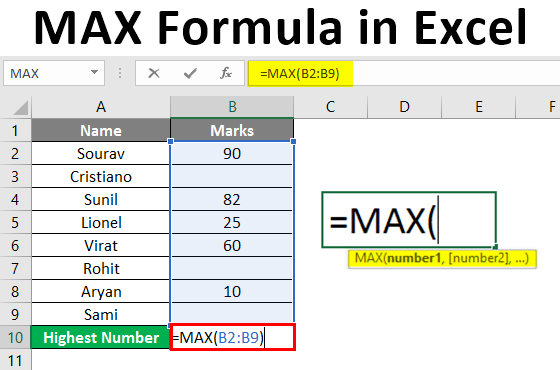

Flipping the data back and forth among various file types (copying to Word, over to Outlook, then re-copying back to Excel) is bound to cause formatting issues. But the system you describe sounds maddeningly over-engineered to me. Or you could let your supervisor write on a hard copy and you type the changes. Or your supervisor should get/learn Excel and “edit” your sheet when you turn it in.

It sounds to me like your company needs the services of a good IT professional to set up some sort of environment in which your supervisor has direct access to the data that needs editing. How did you two come up with this way of doing things? As I had a lot of formulas, the quickest way to get them working was to set formulas. For the first method, click the “View” tab.This may sound a little harsh, but … can your supervisor not simply edit the file in Excel? Does s/he not have Excel? Or has it but doesn’t know how to use it? What’s the barrier to simply attaching the Excel sheet to the outgoing email, rather than dumping the text into the body of the email? I don’t really get how this copy-and-paste process you describe evolved. Reformatting to number, and pressing enter in the formula bar made it work. There are a couple of different methods you can use to hide all the gridlines in a worksheet. If you are displaying your worksheet in a presentation, you can hide the gridlines to make the presentation of the data in your worksheet cleaner.

Select “AutoFit Row Height” in the “Cell Size” section on the drop-down menu. Make sure the “Home” tab is the active tab on the ribbon and click “Format” in the “Cells” section.

You can either set the “Row Height” to “15” or you can automatically adjust the row height to fit the one line of text using the “AutoFit Row Height” feature. If you don’t change the “Row Height” back to its original value and you turn off the “Wrap text” feature, you’ll notice that the text now takes up only one line but the height of the row remains the same as it was when it adjusted to accommodate the wrapped text. The row height is adjusted and the remaining text that doesn’t fit on the first line appears to be hidden. On the “Row Height” dialog box, type “15” in the edit box and click “OK”. If you want to keep the row height at the standard value (15) for a single line of text, right-click on the row number and select “Row Height” from the popup menu. When you choose to wrap text in a cell, the cell height is adjusted to accommodate the text.


 0 kommentar(er)
0 kommentar(er)
